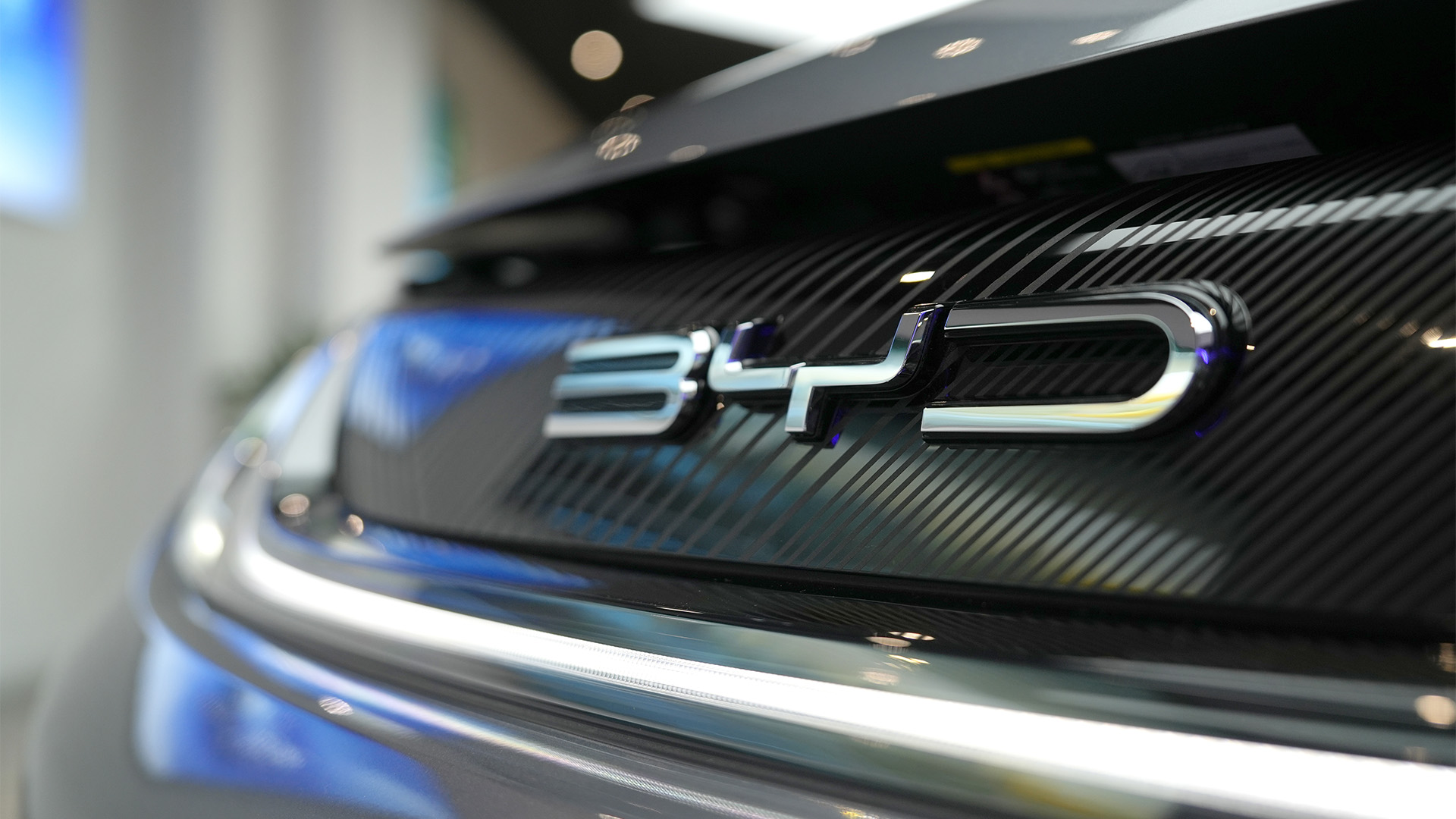BYD's export expansion continues, with the company revealing that its first potentially fleet of car carriers started its maiden voyage on Monday from Yantai Port in Shandong and Xiaomo Port in Shenzhen.
The carrier, the largest one built so far, is headed for Europe with an estimated 5,000 vehicles on board, making its way to the Netherlands and Germany, deep into protectionist Europe.
This vessel represents the first Chinese-built ship designed to carry EVs, and other Chinese car makers are already ordering similar vessels.
Named BYD Explorer No.1, this roll-on roll-off (ro-ro) car carrier boasts a length of 200 meters, 7,000 standard parking spaces (or CEUs, car equivalent units), and a speed of 18.5 knots.
BYD anticipates up to seven more carriers could enter service over the next two years, with six ships already confirmed and two more options orders in place.
The estimated cost of each colossal vessel is nearly 5 billion yuan, equivalent to over $US704 million. If all eight are built, the total cost would surpass $US5.5 billion.
The vessel features dual-fuel LNG (liquefied natural gas) and a conventional fuel propulsion system, as well as BYD's energy storage battery technology and shaft generator system.
Built by CIMC Raffles, a subsidiary of the state-owned China International Marine Containers (CIMC), the vessel was chartered by Zodiac Maritime, an international shipping company.
BYD intends to open these vessels to other companies as the fleet expands, subject to its own shipping demands.
Of BYD's 3.024 million sales of new energy vehicles (NEVs), including pure battery-powered and plug-in hybrids, in 2023, it exported 242,765 units, with 36,095 exported in December alone.














